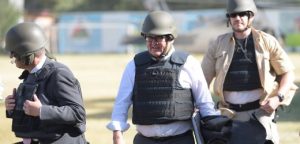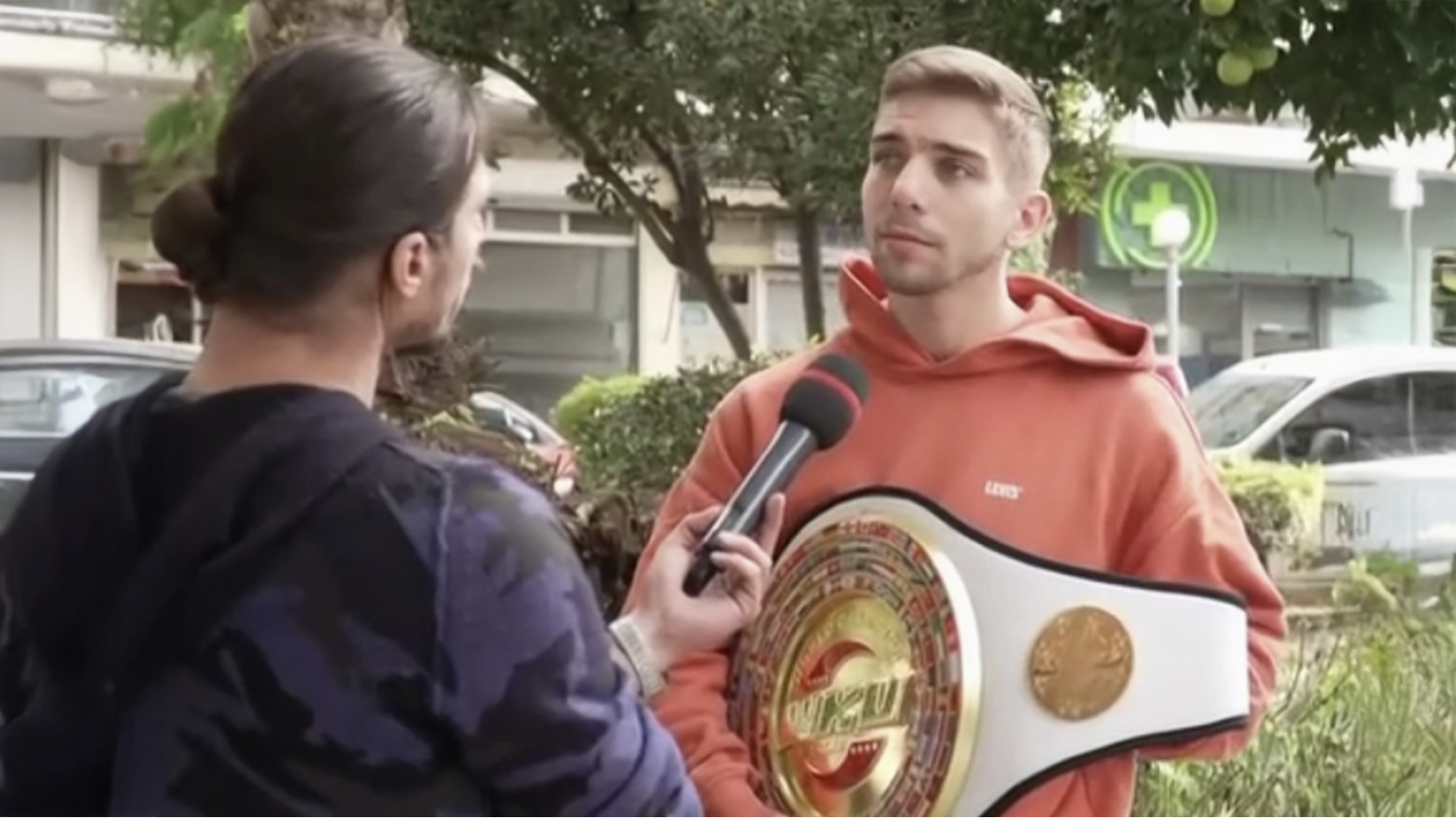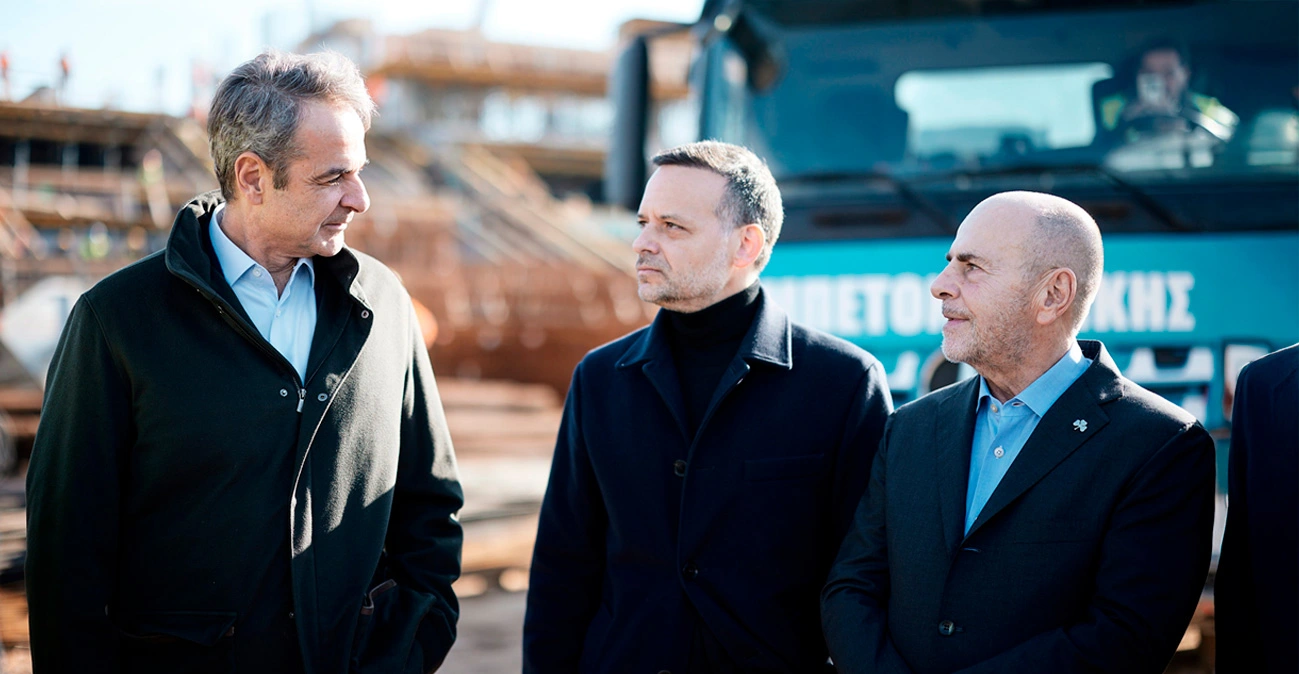Gavrilo Princip’s bullet changed the world. When he fired a bullet and severed an internal vein in the jugular of Archduke Franz Ferdinand on June 28, 1914, lodging the projectile into the spine of the heir to the Austro-Hungarian throne, it was as much a turning point for world powers as it was for bulletproofing material and personal protective equipment.
News reports in the days following suggested that Ferdinand had been wearing a type of lightweight undergarment meant to protect him from assassination attempts—a revelation that led some to speculate that Princip had known about the measures and adjusted his aim accordingly. The device would eventually develop into what we know today as the bulletproof vest.
The question of bulletproofing had vexed physicians, public figures, politicians and even monks for years. Nearly three decades before Princip took aim at Ferdinand’s head, a lone doctor in Arizona was working on such an invention.
George E. Goodfellow, having been expelled from the Naval Academy for fighting, found himself enamored in the art of treating abdominal gunshot wounds. He performed the first recorded laparotomy (a surgical incision into the abdominal cavity), treated the Earp brothers after their battle at the O.K. Corral and, in an ironic twist, married Katherine Colt, cousin of Samuel Colt, the inventor of the namesake revolver that played a unique role in fomenting his career as America’s top gunshot physician.
In 1881, Goodfellow watched as the trader Luke Short and gambler Charlie Storms shot one another in an altercation on Allen Street in Tombstone (where Goodfellow started his practice, a place he called the “condensation of wickedness”). Both shot from close range.
Students develop a smart bra for early breast cancer detection
Storms’ light summer suit caught fire, having been hit with a round from a cut-off Colt 45 revolver from six feet away, and he later died from one of the two bullets fired at him. But the other bullet passed through Storms’ heart. Goodfellow extricated the projectile intact, wrapped in a silk handkerchief (originally in Storms’ breast pocket) that had not torn.
This was one of three incidents where silk saved someone from a bullet wound (another incident involved buckshot and a red silk Chinese handkerchief). And in 1887, six years after the Allen Street shooting, Goodfellow published an article titled “The Impenetrability of Silk to Bullets,” in which he wrote, “Balls propelled from the same barrels, and by the same amount of powder…failed to go through four or six folds of thin silk.” It wasn’t the first attempt at a bulletproof vest using a non-bulletproof material. The Myeonje baegab, a vest from Korea made of layers of cotton, was known to thwart bullets at least two decades prior. But it was progress.
Read more: smithsonian mag
Ask me anything
Explore related questions





